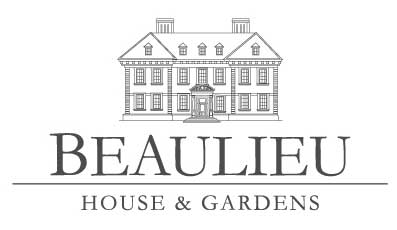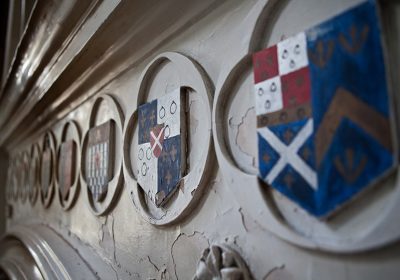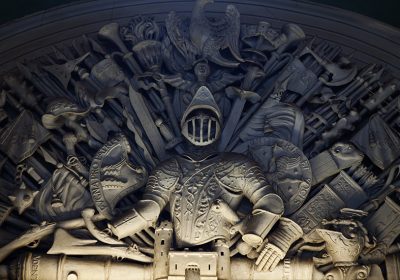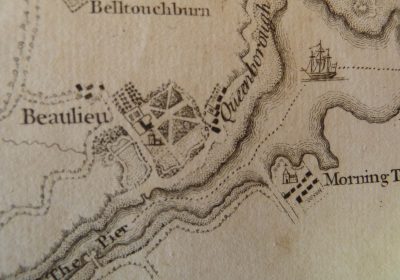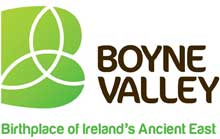Carolean splendour:
re-dating the construction of
Beaulieu House, Co Louth__________
BRUCE M.S. CAMPBELL
BEAULIEU HOUSE: CAROLEAN OR EARLY GEORGIAN?
WERE THOMAS SADLEIR AND PAGE DICKINSON CORRECT IN 1915 IN PRONOUNCING Beaulieu House in county Louth to be ‘perhaps the earliest of its kind standing in Ireland’, a view from which Mark Bence-Jones, writing seventy years later and from his own uniquely comprehensive knowledge of Irish country houses, saw no reason to dissent?1 Or was the building a creation of the reign of George I, as suggested by Christine Casey and Alistair Rowan in 1993, and which, since then, has become the prevailing view?2 Family tradition has long held that the current house was constructed by Sir Henry Tichborne (1581-1667), the founder of the family’s fortunes in Ireland, early in the 1660s.3 Against this is the improbability that Tichborne, then in his eighties, would have embarked upon such a project at such an advanced age and before he and his surviving heir, Sir William Tichborne,4 had, in 1666, obtained a secure legal title to the property.5 In contrast, those who favour an early eighteenth-century date rely upon the ostensibly more certain evidence provided by two letters in the correspondence between Sir Henry Tichborne, Baron Ferrard (1663-1731), the owner of Beaulieu, and his elder half-brother Robert, Viscount Molesworth (1656-1725). These indicate that significant building work was in hand at Beaulieu in the early 1720s under the supervision of a tradesman named ‘Curle’ (by convention only ever referred to by his surname)6 – hence Casey and Rowan’s speculation that Beaulieu is the latest of a small group of early Georgian mansions (notably Castle Coole, county Fermanagh, and Conyngham Hall, county Meath, probably Stackallan, county Meath, and possibly Castlebellingham, county Louth) attributable to the bricklayer and mason John Curle.7 All date from c.1709-12, with Beaulieu, they believe, following some years later after Sir Henry Tichborne’s ennoblement as Baron Ferrard in 1715.

1 – Willem van der Hagen (1675-1745), VIEW OF DROGHEDA 1718, oil on board, 620 x 269 cm, detail showing an all-red Beaulieu House in the background (Beaulieu House collection; © Cara Konig-Brock)
Click here to read more .... pdf document
Part 2. Remodelling Beaulieu by Bruce M.S. Campbell.
Please follow link below to the IGS Journal to read.
